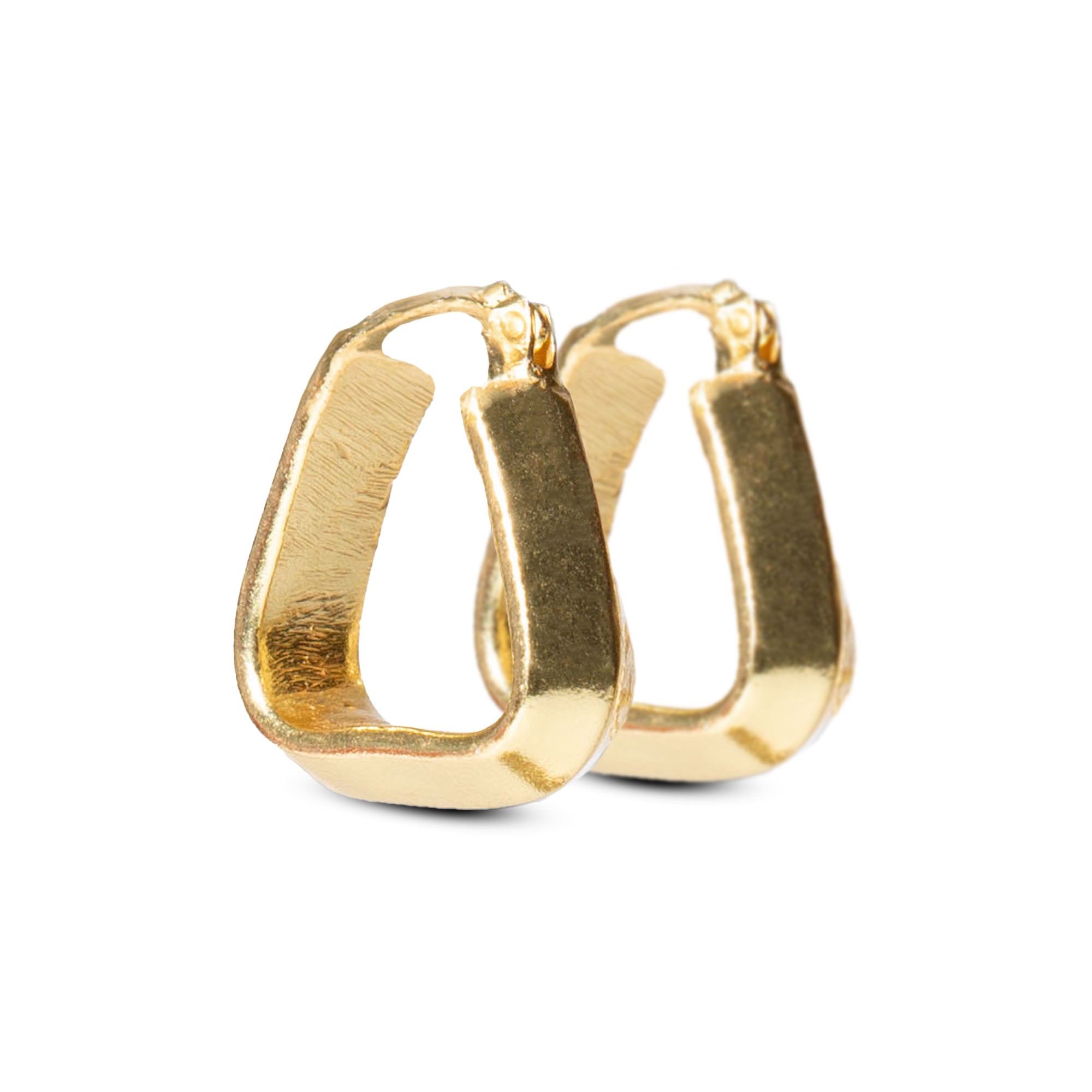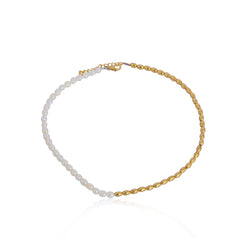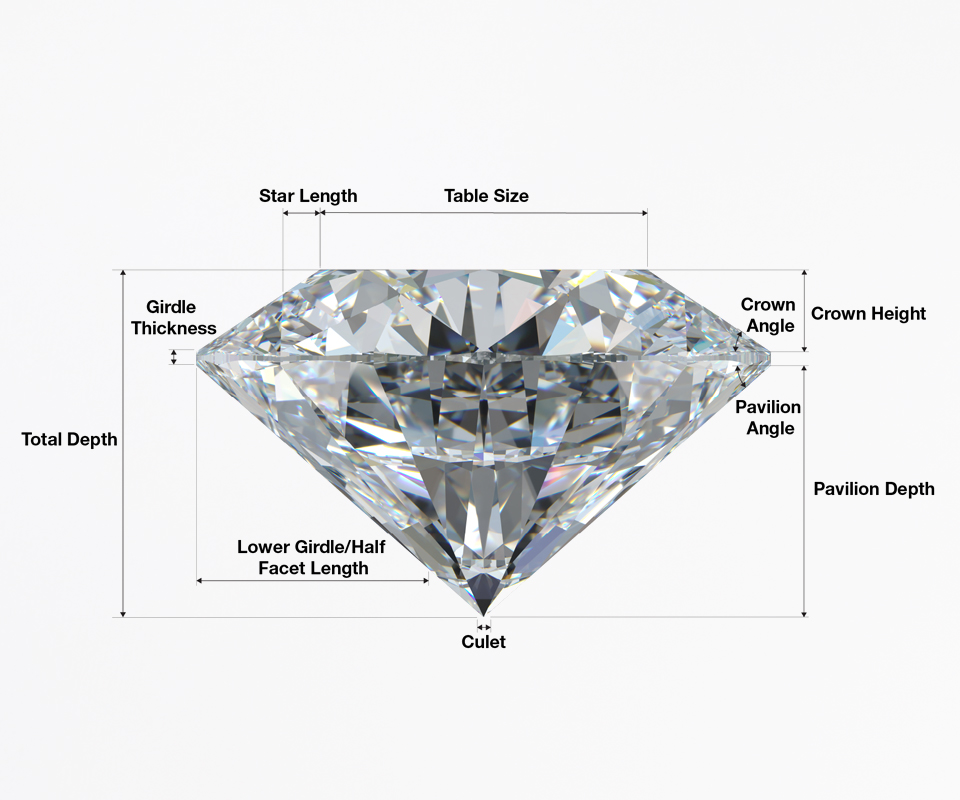The Art of Diamond Cuts, Color and Clarity

Diamonds have always been a symbol of luxury, timelessness, and elegance. But in today’s world, the way we approach luxury is evolving, and so is our appreciation for the intricate beauty of diamonds. With a growing focus on sustainability and innovation, lab-grown diamonds are emerging as the new trendsetter in the jewellery industry. Let’s explore the captivating world of diamond cuts and clarity, and why lab-grown diamonds are becoming the go-to choice for those who value both tradition and modernity.
The Dance of Light: Understanding Diamond Cuts
The cut of a diamond is not just about its shape; it’s the key to its brilliance. A well-cut diamond captures light and reflects it with a dazzling sparkle that can mesmerize anyone who catches a glimpse. Whether it’s the classic Round Brilliant, the elegant Princess, or the sophisticated Emerald cut, the precision of the cut determines the diamond’s ability to shine.
Lab-grown diamonds, crafted with the same meticulous attention to detail as natural diamonds, offer a stunning array of cuts that highlight their brilliance and beauty. Each facet is a testament to the art of diamond cutting, making lab-grown diamonds a radiant choice for any jewellery lover.
What is a Diamond Cut?
A diamond cut refers to how well a diamond's facets (the flat, polished surfaces) interact with light. It's the most important of the 4Cs (Cut, Color, Clarity, Carat) because it directly impacts a diamond's brilliance, fire, and scintillation.- Brilliance: The amount of white light reflected back to the eye.
- Fire: The scattering of white light into spectral colors (like a rainbow).
- Scintillation: The flashes of light and dark, or sparkle, when the diamond or the light source is moved.
![]()
Types of Diamond Cuts
- Round Brilliant Cut: The most popular and classic cut, known for its exceptional brilliance and fire. It has 57 or 58 facets that are precisely arranged to maximize light return.
- Fancy Shape Cuts: Any shape other than round, including:
- Marquise: A pointed oval shape.
- Emerald: A rectangular shape with stepped facets.
- Pear: A teardrop shape.
- Oval: An elongated round shape.
- Heart: A heart shape.
- Princess: A square shape.
- Cushion: A square shape with rounded corners.
- Asscher: A square shape with a deep pavilion and a smaller table.
- Radiant: A rectangular or square shape with brilliant-cut facets.
Diamond Cut Grading
- For Round Brilliant Cuts: The Gemological Institute of America (GIA) has a cut grading scale ranging from Excellent to Poor, based on the diamond's proportions, symmetry, and polish.
- For Fancy Shape Cuts: There is no standardized cut grading system for fancy shapes, but they are still evaluated for their overall quality and light performance.
Importance of a Good Cut
- A well-cut diamond will be more brilliant, fiery, and scintillating than a poorly cut diamond, even if they have the same color and clarity.
- A good cut can make a diamond appear larger and more vibrant.
- When choosing a diamond, it's important to prioritize cut over the other 4Cs.
Color : Why Clear is Best

- Diamond color actually refers to the lack of color. The most desirable diamonds are virtually colorless, while others have varying degrees of yellow or brown tints.
Diamond Color Grading
-
GIA Color Scale: The Gemological Institute of America (GIA) developed the most widely used color grading scale. It ranges from:
- D: Completely colorless (the most rare and valuable)
- E, F: Colorless (minute traces of color may be detected by a gemologist)
- K, L, M: Faint yellow tint
- N - Z: Very light to light yellow or brown
- Carat Weight: Larger diamonds tend to show color more easily.
- Shape and Cut: Certain shapes (like emerald cuts) can reveal color more than others.
- Setting: The metal color of the setting can influence how the diamond's color appears.
- While the D-Z scale applies to colorless to light yellow diamonds, some diamonds possess more intense colors. These are called "fancy color diamonds" and are graded on a separate scale.
- Fancy colors include yellow, pink, blue, green, orange, and red, with red being the rarest.
Choosing a Diamond Color
- The best color grade for you depends on your budget and personal preferences.
- Consider the setting metal: Colorless diamonds (D-F) look best in white gold or platinum, while diamonds with a slight tint (G-J) can be a good value and look great in yellow gold.
Clarity: The Window into a Diamond’s Soul

Clarity refers to the presence or absence of internal and external flaws, known as inclusions and blemishes. The fewer the flaws, the more valuable and rare the diamond. In lab-grown diamonds, the controlled environment of their creation means they often have fewer inclusions, resulting in higher clarity grades. This makes them not only visually stunning but also a more affordable way to attain perfection. Whether you’re drawn to the flawless clarity of a diamond or prefer one with unique characteristics that tell its own story, lab-grown diamonds offer a range of options that cater to every preference.
Why Lab-Grown Diamonds Are Trending?
Lab-grown diamonds are taking the jewellery world by storm, and it’s easy to see why. They offer all the qualities that make natural diamonds so desirable—brilliance, clarity, and timeless beauty—while also embracing the values of the modern consumer. Lab-grown diamonds are eco-friendly, ethically produced, and often more affordable than their mined counterparts. This makes them the ideal choice for those who seek luxury without compromise. The trend towards lab-grown diamonds is not just a passing phase; it’s a shift towards a more conscious and forward-thinking approach to luxury.
Our take on Lab Grown Diamonds
At MY ZEWAR, we understand the importance of tradition, elegance, and the desire for something truly special. That’s why we’ve ventured into the world of lab-grown diamonds, bringing you a collection that speaks of timeless beauty and modern sophistication. Our lab-grown diamond pieces are crafted with the same dedication to quality and artistry that you’ve come to expect from MY ZEWAR but with an added commitment to sustainability and ethical sourcing.
Visit MY ZEWAR today to find your forever piece.
























